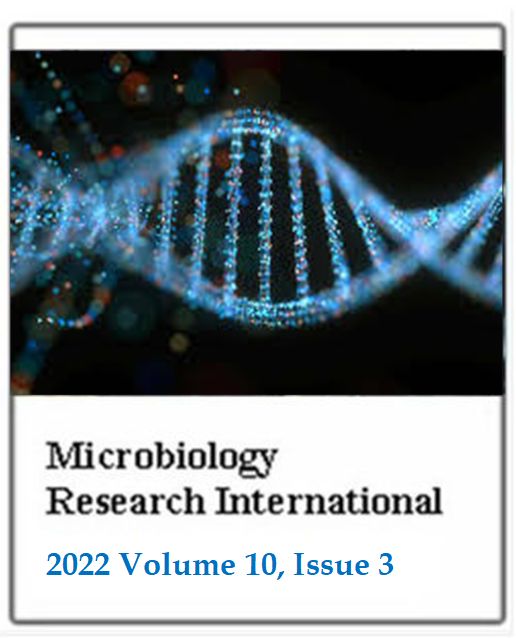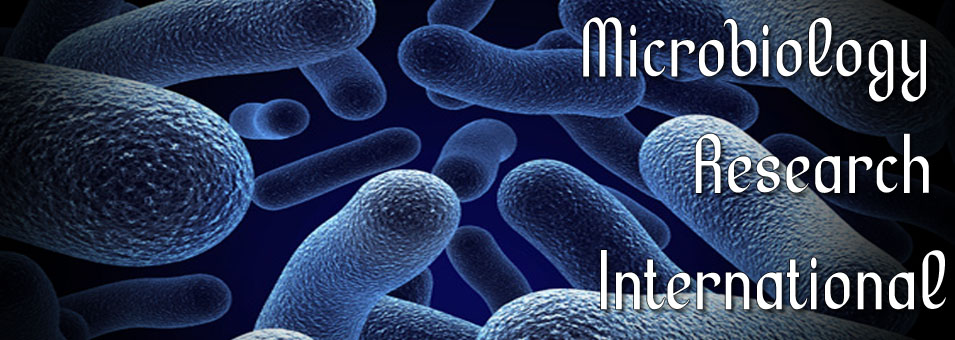A short review on Salmonella detection methods
Chala Guyassa and Chala DimaMicrobiology Research International
Published: December 7 2022
Volume 10, Issue 3
Pages 32-39
Abstract
Salmonellosis is one of the leading causes of food-borne illnesses worldwide, in addition have negative economic impacts due to the cost of surveillance, investigation, treatment and prevention of illness and antimicrobial resistance. Antibiotic resistance in microorganisms can be inherited or acquired through antibiotic exposure. The majority of antibiotic resistance is caused by mutation or genetic material transfer between microorganisms. A variety of biochemical and physiological mechanisms contribute to the development of resistance. Recent advances in technology have made the detection of food-borne salmonella pathogens more rapid and convenient, while achieving improved sensitivity and specificity in comparison to conventional methods. Therefore, there is an ongoing need to develop more advanced detection methods that can identify Salmonella accurately and rapidly in foods before they reach consumers. There is also a need of continuous surveillance data for Salmonella among countries worldwide to ensure the effectiveness of control programs. Since the effects of Salmonella on public health and the economy continue to occur, improving safety of food products by early detection of food-borne pathogens would be considered an important component for limiting exposure to Salmonella contamination. The purpose of this review is to discuss an overview of Salmonella detection methods.
Keywords: Salmonella, detection, methods.
Full Text PDF
